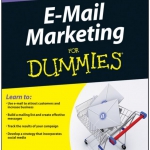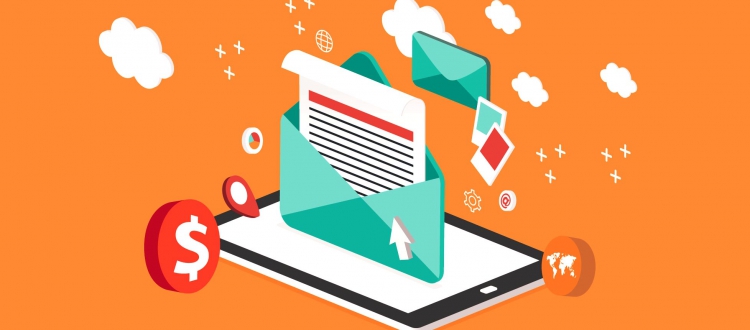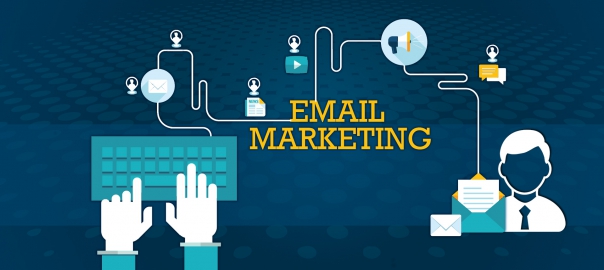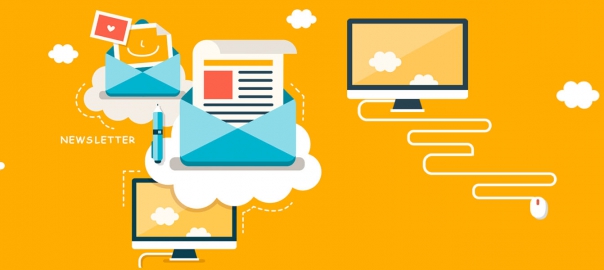Adding E-Mail to a Successful Marketing Mix
This topic includes deciding where and how to use e-mail marketing, using e-mail messages effectively, the benefits of e-mail marketing, understanding E-Mail Marketing Providers etc.
walking into a business where the first dollar of profit is framed victoriously on the wall always reminds me how important customers are to any business. Customers represent a validation of your business idea and proof that your products and services are valuable enough to cause people to part with their money in order to obtain them.
The first dollar of profit is certainly caused for celebration. However, no matter how useful, important, unique, beneficial, or fitting your products or services are to consumers, no one will continue to purchase them if you can’t effectively demonstrate that their value exceeds their price.
Demonstrating your value takes a lot of communication as well as the application of sound marketing principles. E-mail, Web sites, social media, mobile marketing, business cards, signs, and postcards are all good ways to communicate your value to consumers, but some tools are better than others for certain kinds of objectives, and all your marketing media has to work together to have the greatest impact.
In this chapter, I show you how to use e-mail in combination with other marketing tools and how to apply basic marketing principles to your e-mail marketing strategy so your framed dollar of profit won’t feel lonely.
Table of Contents
Fitting E-Mail into Your Marketing Strategy
Including e-mail in your marketing mix isn’t as simple as transferring more traditional message formats into electronic formats or abandoning more expensive media in favor of e-mail delivery. Maximizing your business’ e-mail marketing potential involves two ongoing tasks:
- Analyzing the strengths and limitations of each tool and type of media in your marketing mix
- Developing messages that work harmoniously across multiple types of media to achieve your objectives
Determining which tools and types of media are likely to work together to make a significant, positive impact on your business is a matter of some trial and error. At the same time, though, some tools have obvious advantages for any business. E-mail is one such tool because it’s cost-effective and because of the returns on permission-based e-mail campaigns are generally outstanding.
According to the quarterly Direct Marketing Association (www.the-dma.org) economic impact study, e-mail marketing generally has the highest return on investment (ROI) per dollar spent when comparing other forms of marketing.
Combining e-mail with other tools and media can improve the ROI on both. The next sections explain the benefits of combining e-mail with other tools and media and includes tips for using various combinations.
Combining e-mail with other tools and media
Delivering your messages by combining different tools and types of media is an effective way to market your business, but you’ll probably find it more affordable to lean heavily on a few communication tools were delivering your message results in the highest return.
- Using e-mail for targeted follow-up is one of the best ways to maximize your overall return on the marketing dollars you spend. Here’s an oversimplified example of how you can employ a targeted follow-up:
- Your business uses traditional marketing media to initiate contact with new prospects. For example, if you have a pizza place, you can position an employee holding a sign on a busy sidewalk to talk to potential customers. You collect contact and interest information from the prospects who respond to your initial contacts. In exchange for a free slice of pizza, you ask potential customers for an e-mail address and what kind of coupons they’d be interested in receiving via e-mail.
- You send e-mails containing personalized messages based on the information you collect.
If your potential customer indicates an interest in chicken wings, you can send coupons for, um, chicken wings. You can also ask your customer to print the menu — that you cleverly included in the e-mail — and forward your offer to a friend.
Branding your message across all media
In marketing, you’re likely to employ several tools, types of media, and messages over a period of days, weeks, months, and years to communicate everything necessary to attract and retain enough customers. Keeping the design elements and personality of your messages similar or identical over time — branding — reinforces each of your messages and makes each successive message more memorable to your audience.
Here are some branding ideas to help you give all your marketing messages a familiar look and feel.
Make your logo identifiable and readable in all types of print and digital formats, with color schemes that look good online and in print.
In general, your logo and colors should look consistent on
- Your Website
- Social media sites
- Online directory listings
- E-mail sign-up forms
- Mobile Websites
- Business cards
- E-mails
Include your company name in all your marketing.
Incorporate your name in
- E-mail From lines
- E-mail addresses
- Your e-mail signature
- Online directories
- Your blog
Format your messages consistently across all media.
When repeating messages in multiple types of media, make sure the following elements are formatted consistently in your e-mails:
- Fonts
- Layouts
- Images
- Headlines
- Contact information
- Calls to action





